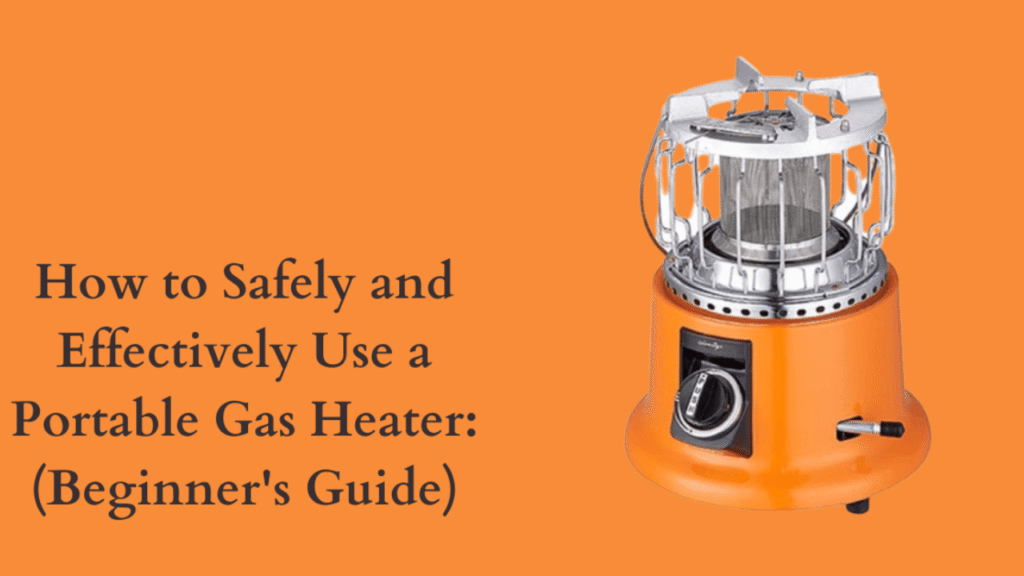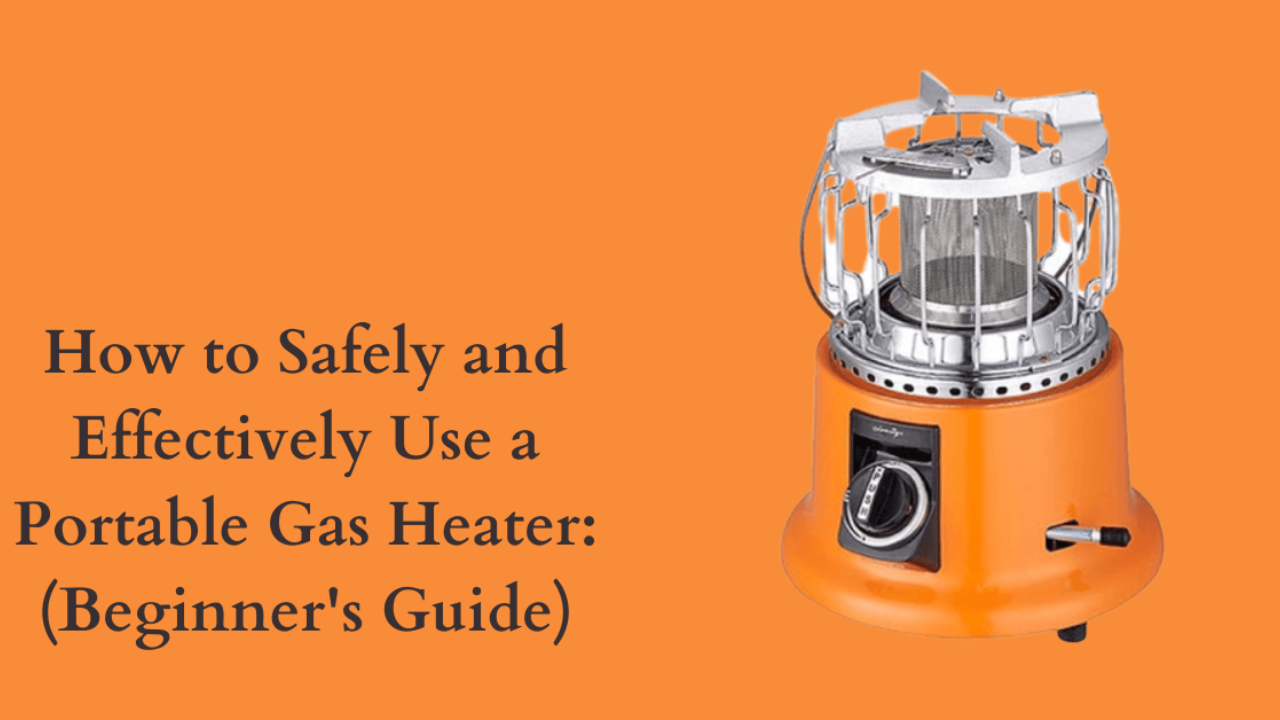
Portable gas heaters are a convenient way to warm up small spaces, but they must be handled carefully to avoid fire hazards, gas leaks, or carbon monoxide exposure. Because these heaters produce heat through the combustion of fuel, improper use can quickly lead to dangerous situations. By following essential safety dos and don’ts, you can enjoy the warmth without putting your household at risk.
Why Safety Matters with Portable Gas Heaters
Portable gas heaters combine heat, fuel, and combustion—all elements that require strict safety measures. Risks include:
- Fire hazards from nearby flammable materials.
- Gas leaks caused by loose connections or damaged hoses.
- Carbon monoxide buildup in poorly ventilated areas.
Proper operation, placement, and maintenance are key to minimizing these risks.
Safety Dos: Best Practices for Using Portable Gas Heaters
1. Use in Well-Ventilated Areas
Ensure there’s a steady flow of fresh air to prevent carbon monoxide buildup. Keep windows slightly open if using indoors.
2. Follow Manufacturer Instructions
Read and follow the operation manual to ensure correct setup, fuel usage, and maintenance.
3. Keep Clear Space Around the Heater
Maintain at least one meter of clearance between the heater and any combustible materials like curtains, furniture, or paper.
4. Inspect Regularly
Check for damage to hoses, connectors, and the appliance body before each use. Replace damaged parts immediately.
5. Turn Off When Not in Use
Always turn off the heater before sleeping, leaving the room, or storing it.
6. Install Carbon Monoxide Detectors
If used indoors, detectors provide an extra layer of safety.
Safety Don’ts: Practices to Avoid
1. Don’t Use in Enclosed or Unventilated Spaces
Lack of fresh air increases the risk of carbon monoxide poisoning.
2. Don’t Place Near Water
Avoid using gas heaters in bathrooms or wet areas to prevent accidents and corrosion.
3. Don’t Use Damaged Equipment
Cracked hoses or faulty regulators can leak gas and should be replaced immediately.
4. Don’t Use Outdoor Heaters Indoors
Outdoor units are designed for open spaces and can produce dangerously high CO levels in enclosed areas.
5. Don’t Store Fuel Indoors
Store gas cylinders outside in a cool, ventilated space away from direct sunlight.
Overview Table
| Dos | Why It’s Important | Frequency/Timing |
|---|---|---|
| Ensure ventilation | Prevents CO buildup | Every use |
| Follow manufacturer instructions | Ensures safe and correct operation | Every use |
| Keep clearance space | Reduces fire risk | Every use |
| Inspect hoses and fittings | Detects leaks early | Before each use |
| Turn off when not in use | Prevents overheating and accidents | Always |
| Use CO detectors indoors | Alerts to dangerous gas buildup | Test monthly |
Table: Common Hazards and How to Prevent Them
| Hazard | Cause | Prevention Method |
|---|---|---|
| Carbon monoxide poisoning | Poor ventilation during operation | Use in well-ventilated areas, install detectors |
| Fire | Heater placed near flammable objects | Maintain 1m clearance |
| Gas leaks | Damaged hoses or connectors | Regular inspection and maintenance |
| Explosion | Using outdoor heaters indoors | Match heater type to location |
| Burns | Contact with hot surfaces | Keep children and pets away |
Additional Tips for Safe Usage
- Use the right fuel type – Only use the gas type recommended by the manufacturer (e.g., LPG, butane).
- Store cylinders upright – Prevent leaks and maintain safety.
- Check expiry dates on regulators and hoses – Replace according to guidelines.
- Educate all household members – Make sure everyone knows how to operate and turn off the heater safely.
Emergency Steps if Something Goes Wrong
- Turn off the heater immediately.
- Ventilate the room by opening doors and windows.
- Shut off the gas supply at the cylinder or main valve.
- Evacuate if you suspect a leak and call emergency services.
- Do not reuse the heater until inspected by a licensed technician.
Common Mistakes to Avoid
- Using the heater overnight while sleeping.
- Placing the heater in hallways or high-traffic areas where it could be knocked over.
- Using makeshift repairs on gas hoses.
- Overlooking annual servicing.
Conclusion
Portable gas heaters offer flexibility and comfort, but they must be used responsibly to prevent dangerous situations. Always follow the manufacturer’s guidelines, ensure adequate ventilation, keep the area clear, and regularly inspect the heater for wear and damage. Avoiding common mistakes and knowing emergency procedures can make all the difference in staying safe while enjoying the warmth.
3 One-line FAQs
Q1: Can I use a portable gas heater in my bedroom?
A1: It’s not recommended unless the room is well-ventilated and you’re awake to monitor it.
Q2: How far should my portable gas heater be from walls or furniture?
A2: At least one meter in all directions to reduce fire risks.
Q3: Should I leave my portable gas heater on overnight?
A3: No, always turn it off before sleeping to prevent accidents.

